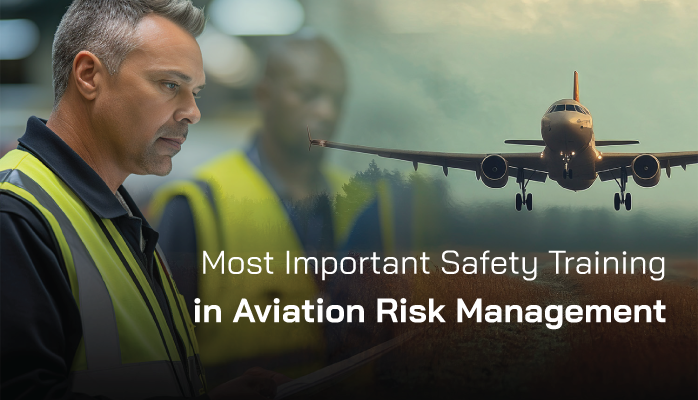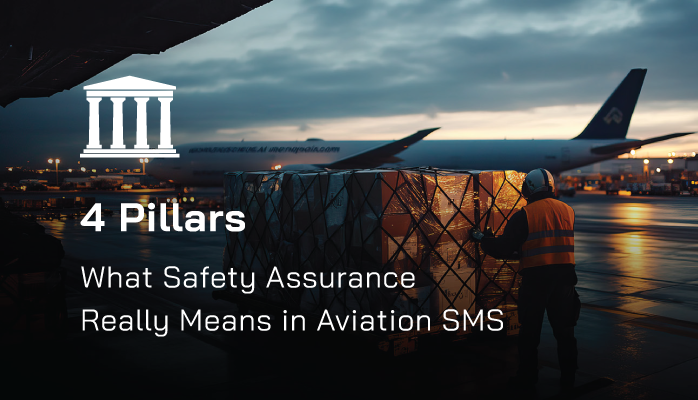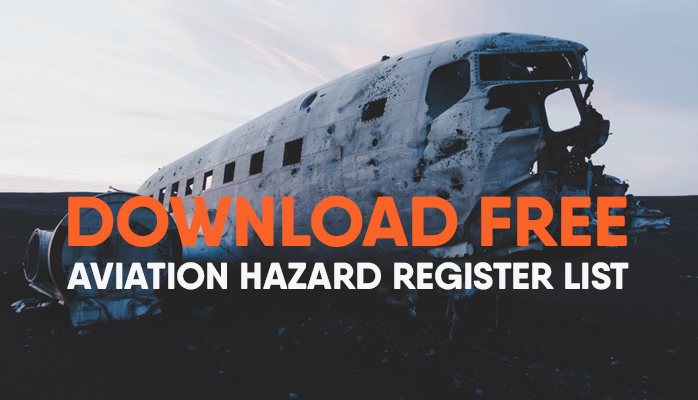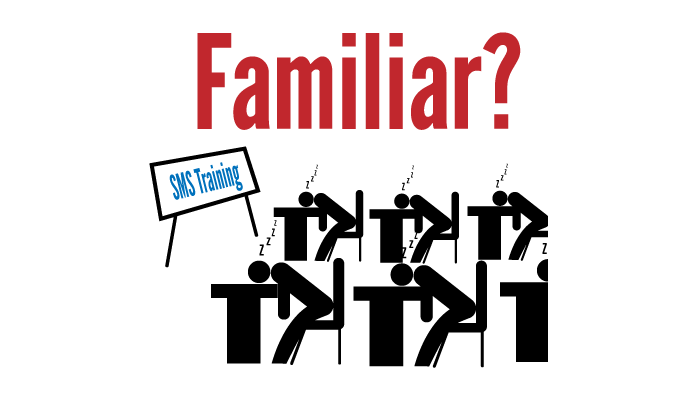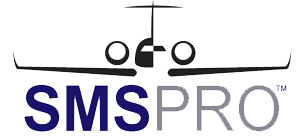In the fast-paced, data-intensive world of aviation, safety is non-negotiable. For aviation safety managers and accountable executives, implementing an effective Safety Management System (SMS) is critical to ensuring operational safety and regulatory compliance. However, one of the biggest challenges new safety managers face is analyzing SMS data to make informed, data-driven decisions.
Without a clear starting point, the wealth of data can feel overwhelming.
Read More
Topics:
Key Performance Indicators,
Aviation SMS Database,
3-Safety Assurance,
Risk Management Software,
2-Safety Risk Management,
Risk Management Training,
FAA Compliance
For new aviation safety managers, preparing for Safety Management System (SMS) audits is a formidable challenge, especially when it involves coaching accountable executives and training staff on SMS concepts.
With limited experience, knowing where to start can feel overwhelming. At the heart of effective SMS implementation lies a clear understanding of ICAO Annex 19, the International Civil Aviation Organization’s cornerstone document for safety management. This global standard provides the framework for SMS, guiding organizations worldwide to enhance safety and meet regulatory expectations.
Read More
Topics:
Aviation SMS Implementation,
4-Safety Promotion,
3-Safety Assurance,
1-Safety Policy,
2-Safety Risk Management,
Risk Management Training
For new aviation safety managers, preparing for Safety Management System (SMS) audits can feel overwhelming, especially when it comes to coaching accountable executives. These senior leaders, often focused on operational and financial priorities, may not be familiar with the intricacies of SMS or their critical role in ensuring compliance. Yet, their understanding of regulatory frameworks like ICAO Annex 19, FAA SMS guidelines, and EASA SMS requirements is essential for fostering a robust safety culture and passing audits.
Read More
Topics:
4-Safety Promotion,
3-Safety Assurance,
1-Safety Policy,
Risk Management Training,
FAA Compliance,
Safety Culture
Training Employees for SMS Compliance
Training your aviation team for Safety Management System (SMS) compliance can feel like navigating a storm. With time constraints, varying skill levels, and strict regulatory requirements from the FAA, EASA, and ICAO, the process can overwhelm even the most seasoned safety managers. But it doesn’t have to. By leveraging user-friendly tools like SMS Pro’s embedded training videos and Global Safety Training Portal, you can streamline aviation SMS training and empower your team without the stress.
Read More
Topics:
Aviation SMS Database,
4-Safety Promotion,
Risk Management Software,
Risk Management Training
Building Safety Assurance in Aviation SMS Manuals
Safety Assurance (SA) is a critical pillar of an aviation Safety Management System (SMS) manual, as outlined in TOC 2.1.4 and 7.1–7.5. It ensures that safety processes function effectively through audits, performance monitoring, and corrective actions, aligning with International Civil Aviation Organization (ICAO), Federal Aviation Administration (FAA), and European Union Aviation Safety Agency (EASA) standards.
Read More
Topics:
Aviation SMS Implementation,
3-Safety Assurance,
Risk Management Training
A robust Safety Management System (SMS) is essential for managing risks and preventing incidents. For aviation safety managers and accountable executives—senior leaders responsible for SMS oversight—fostering a strong safety culture is a critical goal.
A Hazard Risk Register, a centralized tool for documenting and managing hazards, plays a pivotal role in achieving this by encouraging proactive hazard reporting, boosting staff engagement, and reinforcing a safety-first mindset.
Read More
Topics:
4-Safety Promotion,
2-Safety Risk Management,
Risk Management Training,
Safety Culture
For aviation safety managers, training employees on Safety Management System (SMS) concepts is a critical yet challenging task. Within the high-stakes environment of aviation safety risk management, ensuring that staff understand hazard reporting, risk management, and just culture is essential for preventing incidents and maintaining compliance with standards set by the International Civil Aviation Organization (ICAO) and national civil aviation authorities like the FAA or EASA.
New safety managers often struggle to know where to start, as these concepts can seem abstract or complex to frontline workers like pilots, ground crew, or maintenance staff.
Read More
Topics:
4-Safety Promotion,
2-Safety Risk Management,
Risk Management Training
Aviation Safety Management Systems (SMS) provide a structured framework to manage risks, ensuring safe operations across airlines, airports, and aviation service providers. A critical pillar of SMS is safety assurance, which focuses on monitoring, evaluating, and improving safety performance. For aviation safety managers, mastering safety assurance best practices is essential to maintain compliance, mitigate risks, and foster a proactive safety culture.
Read More
Topics:
3-Safety Assurance,
Risk Management Training,
FAA Compliance
Setting Aviation Safety Goals for Compliance
Setting safety goals and objectives in an aviation Safety Management System (SMS) manual, as outlined in TOC 1.6, is essential for driving continuous improvement and ensuring compliance with International Civil Aviation Organization (ICAO), Federal Aviation Administration (FAA), and European Union Aviation Safety Agency (EASA) standards.
These goals guide organizations in measuring safety performance, reducing risks, and fostering a proactive safety culture.
Read More
Topics:
Aviation SMS Implementation,
4-Safety Promotion,
1-Safety Policy,
Risk Management Training
Aviation safety hinges on proactive risk management, and Safety Management Systems (SMS) provide the framework to achieve this. Within the aviation SMS ecosystem, two voluntary programs—Flight Operational Quality Assurance (FOQA) and Aviation Safety Action Program (ASAP)—play pivotal roles in enhancing safety.
These programs, widely adopted in the U.S. under the Federal Aviation Administration (FAA) and aligned with global standards like those of the International Civil Aviation Organization (ICAO), offer unique approaches to hazard identification and risk mitigation.
Read More
Topics:
4-Safety Promotion,
3-Safety Assurance,
2-Safety Risk Management,
Risk Management Training,
FAA Compliance



